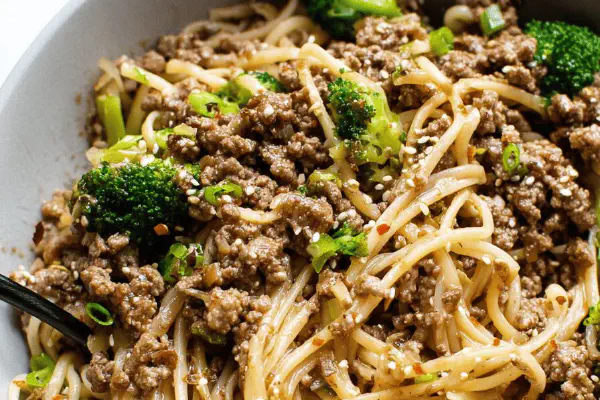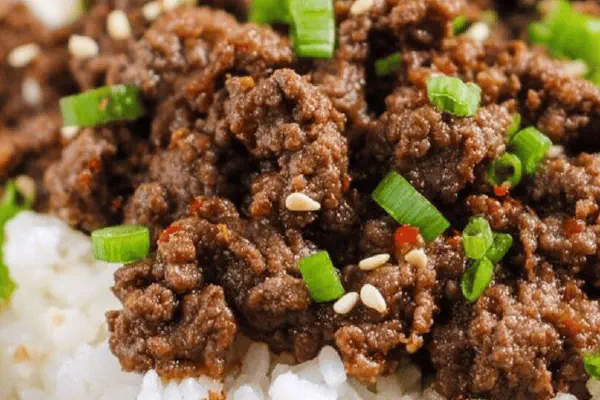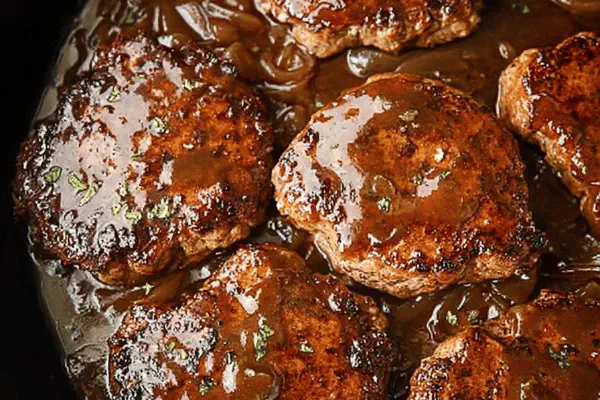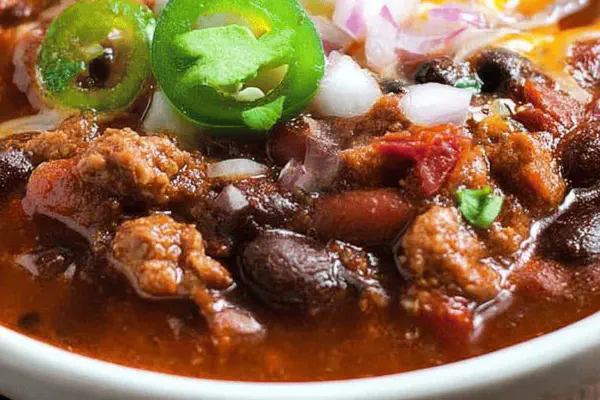Beef Noodles Remix

By Emma
Certified Culinary Professional
Ingredients
- 1 tablespoon sesame oil
- 1 tablespoon vegetable oil
- 1 medium onion finely chopped
- 3 cloves garlic minced
- 1 pound ground beef (or ground pork for a twist)
- 1/3 cup low sodium soy sauce
- 2 tablespoons hoisin sauce (replacing original brown sugar)
- 1/2 cup beef broth or water
- 2 teaspoons rice vinegar
- 3 green onions thinly sliced
- Salt and freshly ground black pepper to taste
- 8 ounces egg noodles or soba noodles
- 1 tablespoon toasted sesame seeds for garnish
About the ingredients
Method
- Start with sauce mix in small bowl or jar: soy sauce, hoisin, broth, and rice vinegar. Shake or whisk well until blended; set aside.
- Bring salted water to boil; start noodles cooking as you go with beef. Use noodles type that doesn’t turn mushy fast—soba works well if egg not on hand.
- Heat sesame and vegetable oils in large skillet over medium heat. Oils must shimmer but not smoke. Toss in onion and garlic immediately; stir often. Wait for softening, translucent edges, and that garlicky aroma—almost 5 minutes but trust eye and nose.
- Push onion-garlic mix to sides; add ground beef. Break apart firmly with wooden spoon—aim for crumbly, no pink bits visible. Searing happens as you cook—listen for sizzling, sizzling changes texture and flavor.
- Pour sauce in with green onions. Stir thoroughly. Heat raises sauce, bubbles once or twice on surface, faint scald marks at pan edges. Simmering begins; turn off heat once you see steady little bubbles. Minimize overcooking; no rubbery meat bits.
- Drain noodles right before sauce hits simmer stage; toss in skillet immediately or serve on plates and ladle beef atop. Garnish with green onions and sesame seeds for crunch contrast.
- Taste test last—adjust salt and pepper. Soy sauce varies in saltiness; better add gradually. If sauce too sharp, a pinch of honey or more hoisin balances it.
- Serve piping hot; leftover beef sauce can sit only briefly before drying. Warm gently if needed—loss of juices means tough meat.
Cooking tips
Chef's notes
- 💡 Start sauce early—soy, hoisin, broth, vinegar thrown in jar skip waiting. Shake well so flavors mix right. Saves time when pan heats. Watch bubbles in sauce later; tiny steady ones mean simmer is on. Avoid boiling. Meat stays tender if sauce just kissed by heat.
- 💡 When cooking onions and garlic, keep pan hot but not smoking. Oils should shimmer and move freely. Onions need translucent edges—fine chop key. Garlic tossed in after onions soften, not too early or it burns bitter. Smell deepens; that’s cooking talking to you. Patience pays off here.
- 💡 Ground beef timing matters: crumble firm, don’t rush browning. Pink spots shame if you see 'em. Use wooden spoon to break chunks small. Listen for sizzling shifts—sizzle changes texture and flavor fast. Dry frying sometimes helps, skip excess grease by draining small amounts mid-cook.
- 💡 Noodles: egg or soba—choose mood. Soba chewier, egg noodles more tender. Salt water like sea, big pinch. Start noodles while prepping sauce to save mins. Drain right before sauce simmers; toss hot noodles with beef sauce or plate and ladle atop. Hot noodles soak sauce best.
- 💡 Garnish last: green onions retain sharpness if tossed just before finishing. Toast sesame seeds dry on low heat till nutty scent fills air. Crunch and aroma hit final. Skip garnish and dish feels flat. Sauce versatility: swap pork if beef heavy, hoisin missing? Molasses plus chili paste works too.
Common questions
Can I use pork instead of beef?
Yes, pork fattier and forgiving on salt but changes flavor profile. Same cooking times mostly. Adjust seasoning if needed. Tried both; pork soft, beef chewier. Swap oils if too greasy. Works smooth for weeknight.
What if I don’t have hoisin sauce?
Try molasses plus chili paste mix or a sweet soy blend. Use less salt in broth then. Hoisin gives sweet heat and thickness. Can skip if you add touch honey and more soy but less rich. Experiment with sweetness balance.
How to keep noodles from clumping?
Drain at firm texture. Toss in oil or heat immediately with sauce. Noodles clump if left sitting wet or dry too long. Stir quickly off heat if plated separate. Timing is key here. Use tongs or fork to loosen strands.
How to store leftovers?
Refrigerate beef sauce in airtight container—keep splash of broth to avoid drying out. Noodles best stored separately. Reheat gently on stove low heat; microwave dries fast. Add bit water or broth while warming. Do not overheat or meat toughens quickly.



